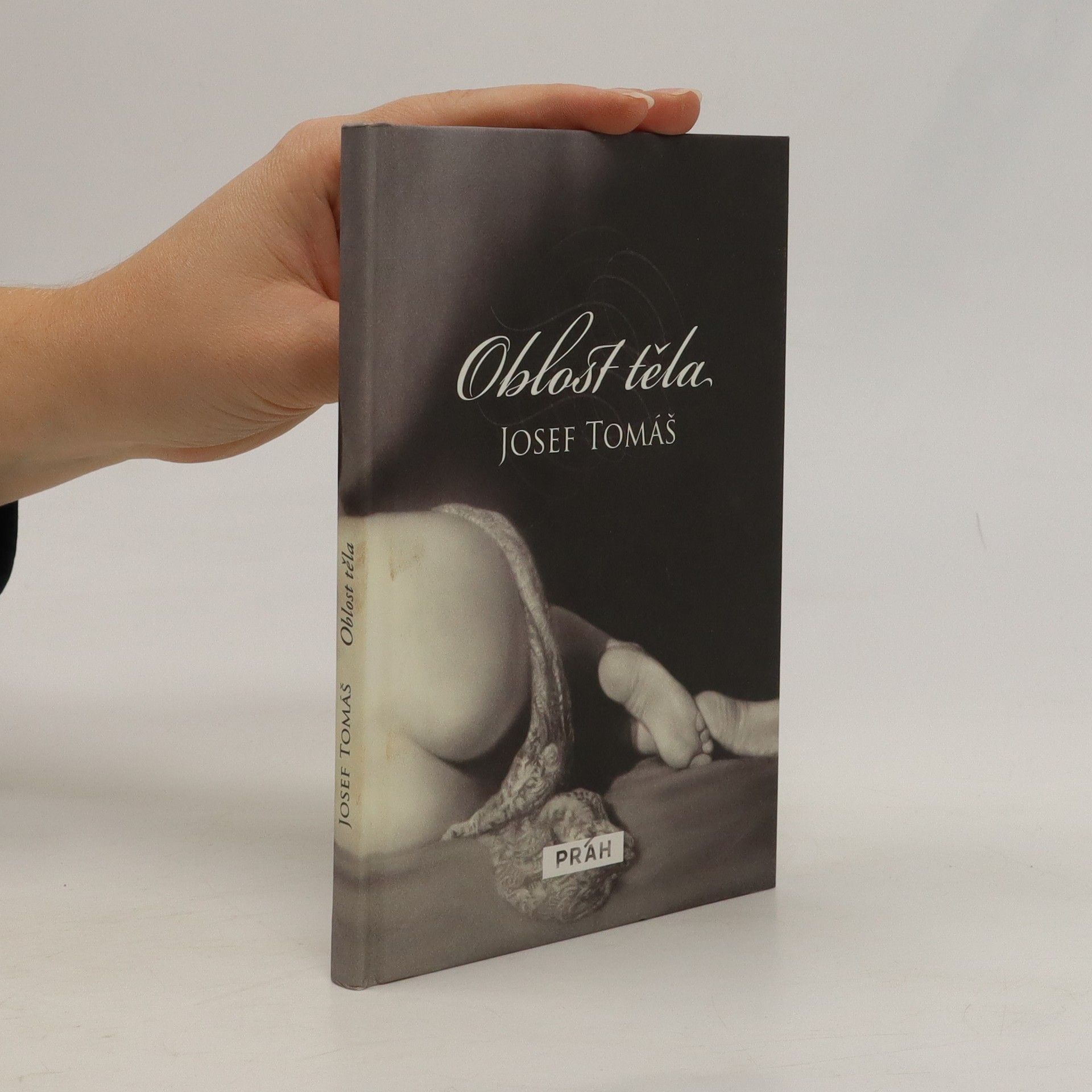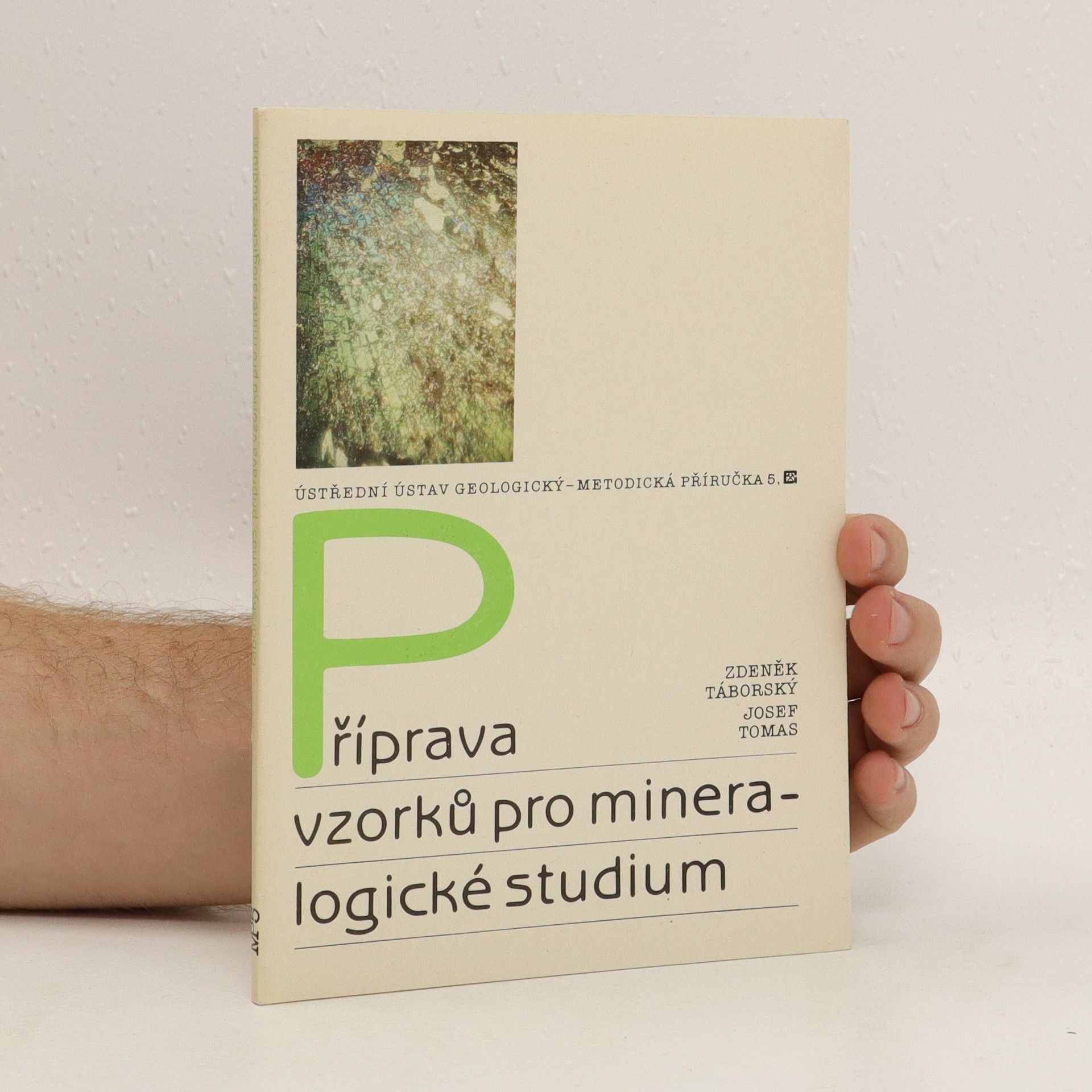Reading Dolour is like looking into the most private depths of Holan's soul. Some of his poems are so simple that they are almost child-like; some are cruel and harsh, while others border on pornography. One can easily call him a wordsmith - he uses words as thoughts to convey his every written nuance. Sometimes, he purposefully chooses archaic and totally obsolete Czech words, which are virtually untranslatable. He was obsessed with women and sex, as well as his belief in God, Satan, Hell and Heaven. Both his sensuality and spirituality appear in most of his works and his intensity of emotion is almost tangible. Yet, he was so sentimental that he saw romance in every situation - even a glimpse of a woman's face in a passing train or encountering a woman in an elevator, or wondering what book that girl in a tram was reading. When the Communist Party took over Czechoslovakia, Holan was utterly devastated by their totalitarian regime, but his polemic was but a grain of sand in the oyster of hope. Reading Dolour is an experience you will never forget!
Josef Tomáš Books
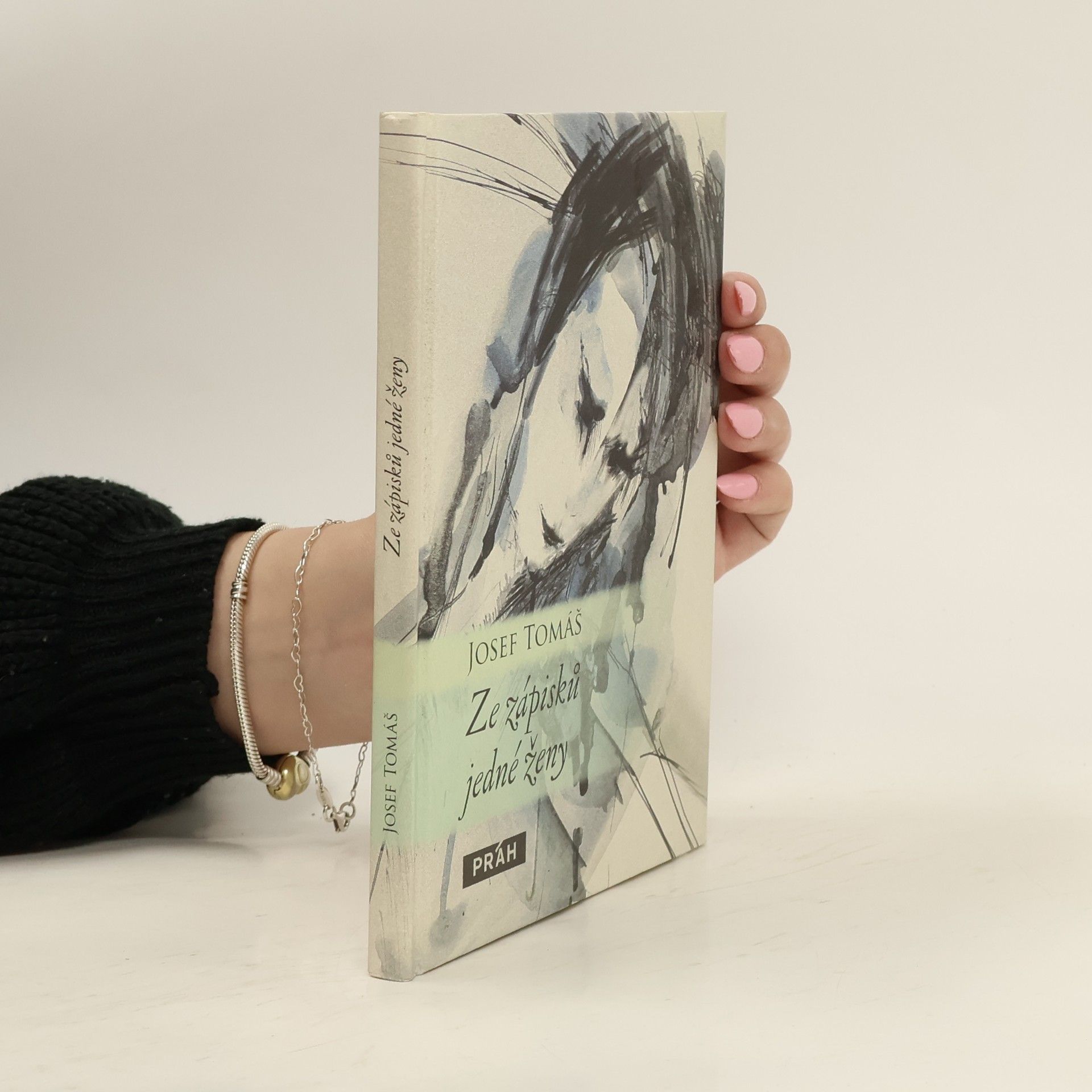
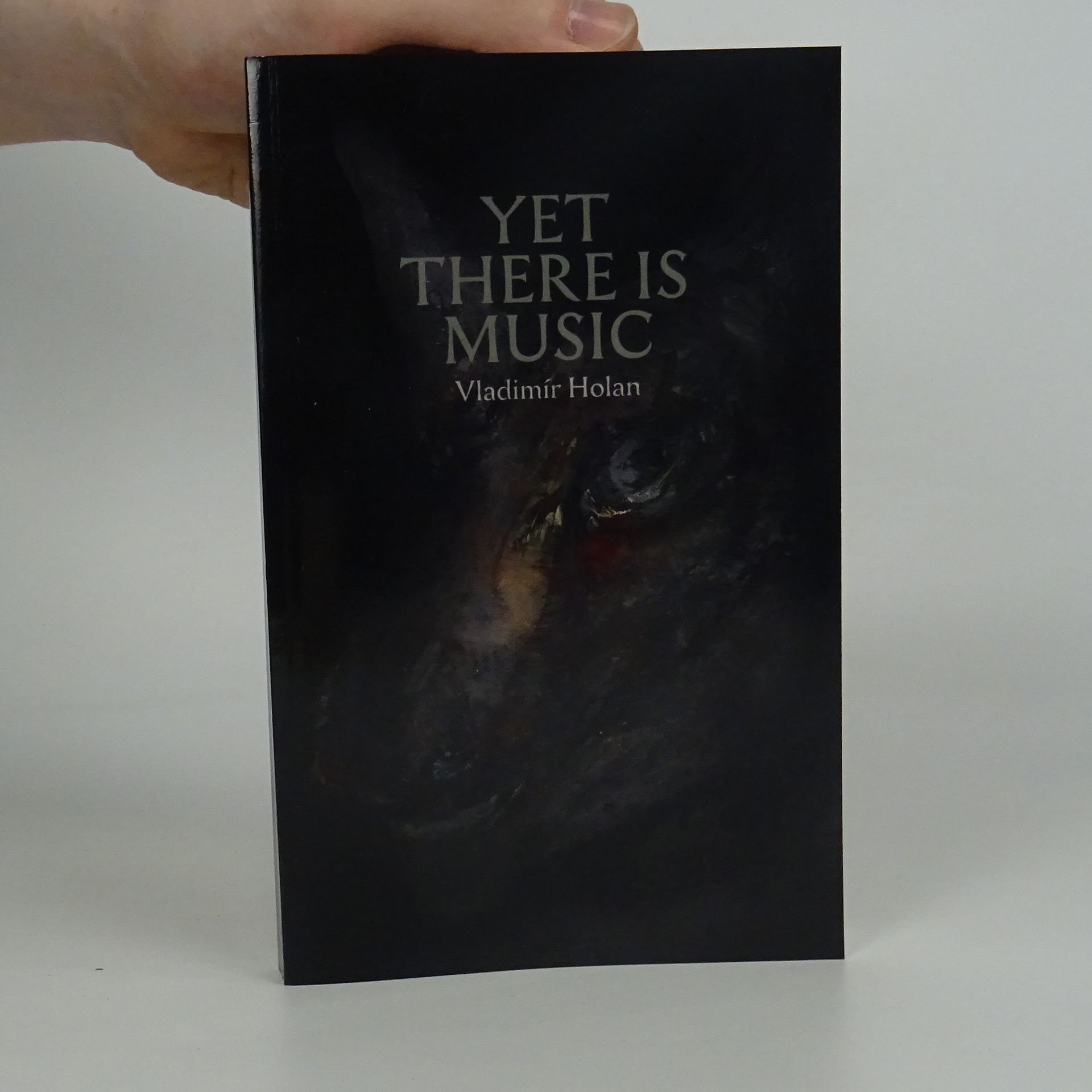
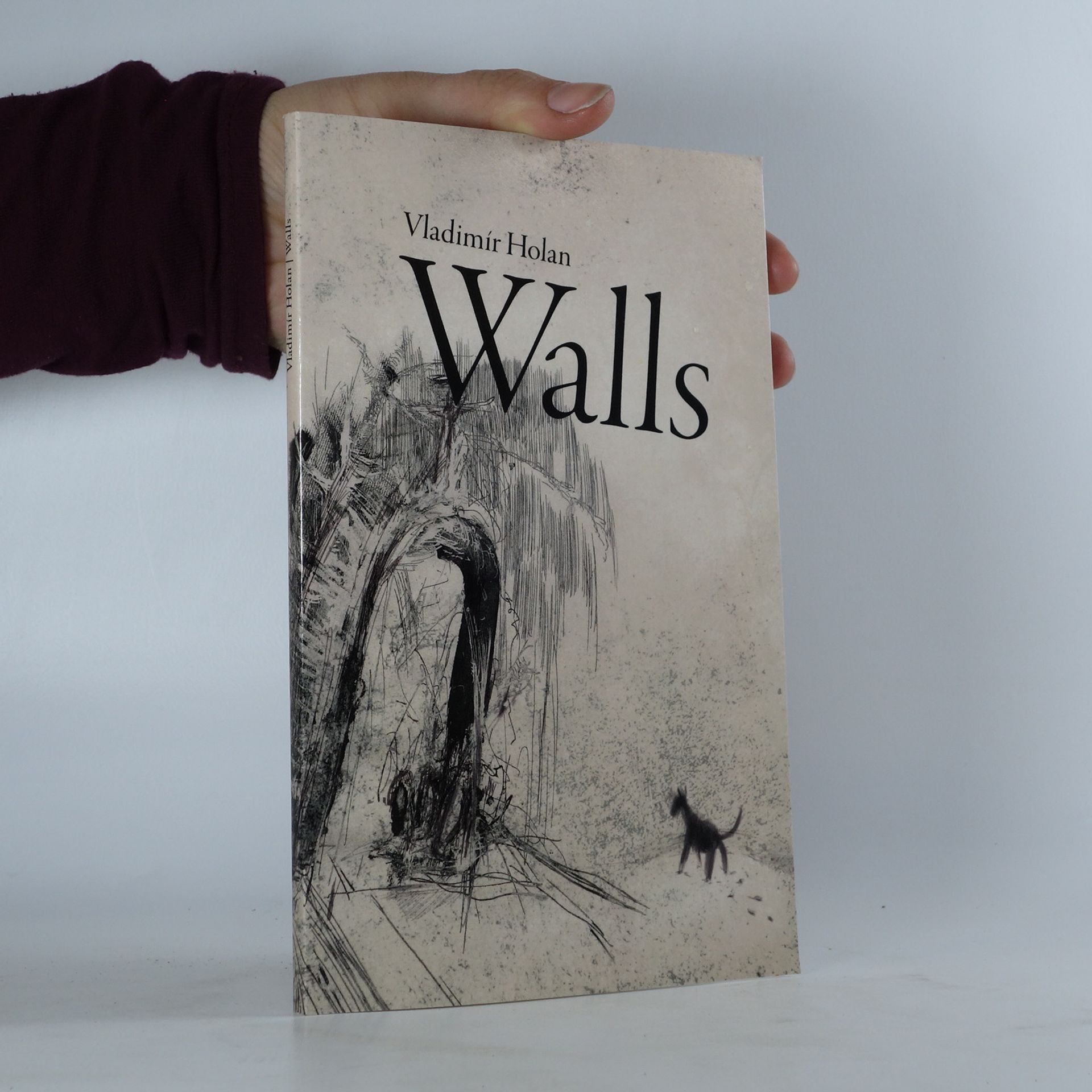



The Return of Agnes of Bohemia
- 94 pages
- 4 hours of reading
The Return of Agnes Przemyslide was written by Josef Tomáš between 1996 and 1999, in Melbourne, Australia, under the influence of one of his visits to Prague, where—as he himself has implied—the sight of the city evoked in him its still-living historical continuity with all the horrors and beauties of its past. The canonization of Agnes Przemyslide, also called Agnes of Bohemia, which had occurred a few years earlier (on 12 November 1989), may have served as an additional impulse towards the book’s creation. The dual storyline of The Return of Agnes Przemyslide—if it is possible, in this poetic allegory, to talk about a storyline—concerns a man, and a woman who has come from abroad at the man‘s invitation. Together they walk through Prague. They are human beings of the present, but it is as if they were at the same time the Czech king Wenceslaus I and his sister Agnes, meeting each other again after many centuries. As is well known, the relationship between Agnes and Wenceslaus was very warm and Agnes was often a mentor to her brother. The man and the woman are visiting, in Prague, those places that are somehow associated with Agnes, and the woman is constantly trying to find any evidence that she, in the distant past, was indeed Agnes. She is also seeking an answer to the question of why she has returned. Was it really because she had to come back to what she loved more than anything else?
The poems collected in this book, "Yet There is Music," are the entirety of Holan's lyrics from the period of 1939-1948. These poems were only published in book form well after that time, because of Holan's poetry being listed in the communist index of forbidden books. For Holan, the lyrics were always a realm of questioning the sense of human existence and the mystery of human existence in the world. His consciousness of the instability of the godless world, the impossibility of anchoring human existence, the ambiguity and delusiveness of all phenomena that surround humans, all led Holan to state: "we come from ruins, with love besmeared ..." His poetry reveals the drama of a poet led by a time of crises and wars into the abyss of human existence: "the picture that is not an abyss here / can't be a sign." The dread of the void, however, is accompanied, even if only slightly, by a faith in discovering a purposeful life. There are verses in which Holan uses the image of light appearing in the midst of shadows, as if the way towards a fuller, deeper, more complete humanity was not lost forever: "O life - yes, you! Still only you. / You, in a friendly conversation and a kindly shaken hand, / you, in the deeds of good will because of heart's hope ... "
Básnická sbírka - citové a existenciální bilancování ženy, zřejmě na sklonku života. Nevíme o ní mnoho, poznáváme ji však přes její pocity, zamýšlení, zoufalství i víru a naději. Od tklivějších tónů směřuje sbírka k projasnění, zklidnění a láskyplnému smíření. A protože životy a osudy nás všech si jsou více méně podobné, je možné, že tato sbírka přinese nejednomu čtenáři trochu ulehčení, podobně jako je přinesla autorovi.
Svět v ústech: Srpen - listopad 2000, Melbourne
- 55 pages
- 2 hours of reading
Reedice básnické sbírky českého exilového básníka, napsané v Melbourne během několika měsíců (srpen-listopad). V úvodu autor představuje výňatky z rozhovoru astrofyzika Paula Daviese pro ABC, kde upozorňuje na strach lidí z vědy, což jim brání v celistvém vnímání světa. Tento strach, například z matematiky, omezuje přístup k „poezii přírody“. Autor se v tomto cyklu snaží tuto úzkost překonat a vědomě navazuje na Daviesova slova, jemuž sbírku dedikoval. Sdílí názor, že vývoj naší planety byl ovlivněn vesmírnými zákony, které formují naši existenci dodnes. Díky nim můžeme chápat složitost bytí a existence, prožívat víru, lásku a naději, a s pokorou vnímat záhady života. Sbírka obsahuje básně jako Tíha života, Louskáček, Důvěra v sebe, Jiskra života, a další, které reflektují různé aspekty existence, od úzkosti a probuzení ze sna po přírodní krásy a lidské emoce. Autor se zabývá tématy jako gravitace, prostor, ticho, a vztah člověka k světu, čímž vytváří komplexní obraz lidského bytí.
Musí být poezie neprodejná? Může být přece stejně přitažlivá, jako žena na této obálce. Milostná lyrika v podání českého básníka žijícího dlouhá léta v emigraci, překladatele básnického díla Vladimíra Holana do angličtiny, je jemná, procítěná a oduševnělá. Kéž by každá žena mohla být milována takovým způsobem lásky, jaký je vlastní této poezii.

